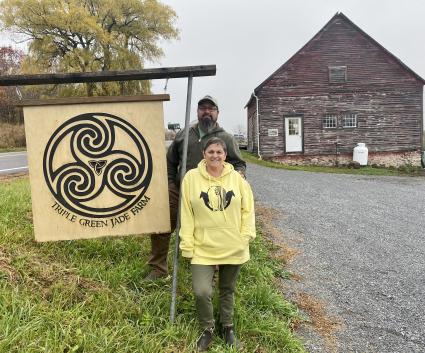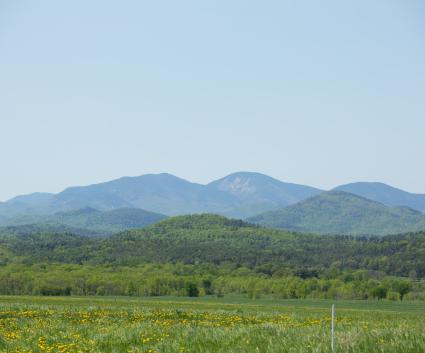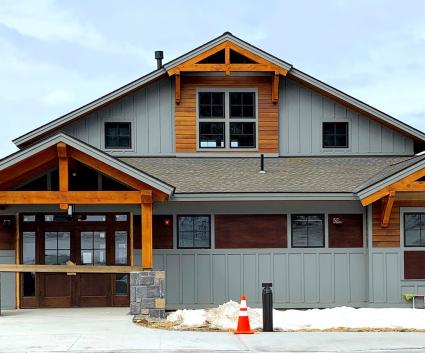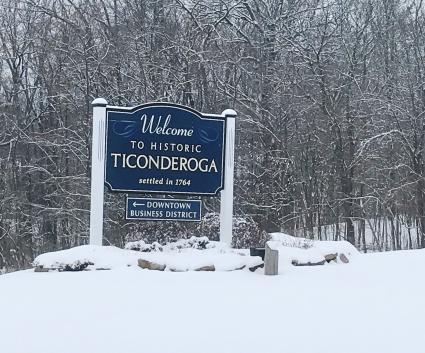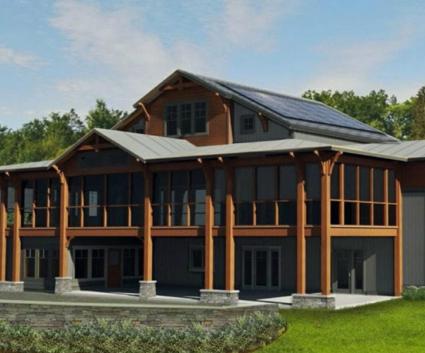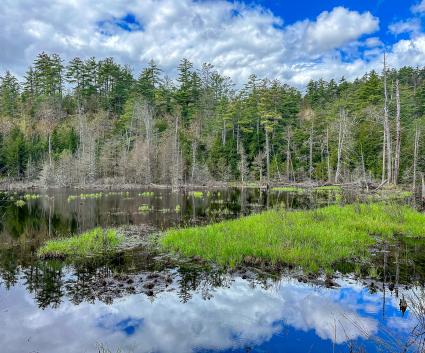The Adirondacks boast a treasure trove of historic golf courses, many of which have a legacy dating back over a century. Golf was introduced to the U.S. in the late 1800s, coinciding with the rise of grand hotels and great camps in the Adirondacks as the region became a vacation spot for the elite. These opulent establishments offered a plethora of outdoor activities with golf taking center stage. By the turn of the century, many of the golf courses in the United States were located in the Adirondacks. Donald Ross, Seymour Dunn, Alexander Findley, Alister MacKenzie, Thomas Winton, and Augustus G. Paine made their mark in the region as notable architects of these courses.
During the 1920s, many courses were redesigned and enlarged to 18 holes, with elaborate clubhouses constructed. As the Great Depression and World War II cast a shadow over the region, it led to the closure of numerous hotels and the stagnation of golfing endeavors. By the 1950's many of the historic courses became a distant memory, as had the magnificent resorts. However, a few of these historic golf courses still exist, offering an affordable opportunity for visitors; all greens fees are less than $100. Here are four courses to play in the Lake Champlain Region.
Willsboro Golf Course
Year Opened: 1914
Holes: 9
Par: 35
Architect: Augustus G. Paine
The Willsboro Golf Course was built in 1914 by Augustus G. Paine. It is a classic Adirondack 9-hole course that winds through the hardwood forest, offering challenging tee shots and demanding precise approaches to smaller greens. The nearby Bouquet River empties into Lake Champlain, a central piece of the town’s history, moving various mining materials including highly valued blue limestone used in the foundation of the New York state capitol building and the Brooklyn Bridge.
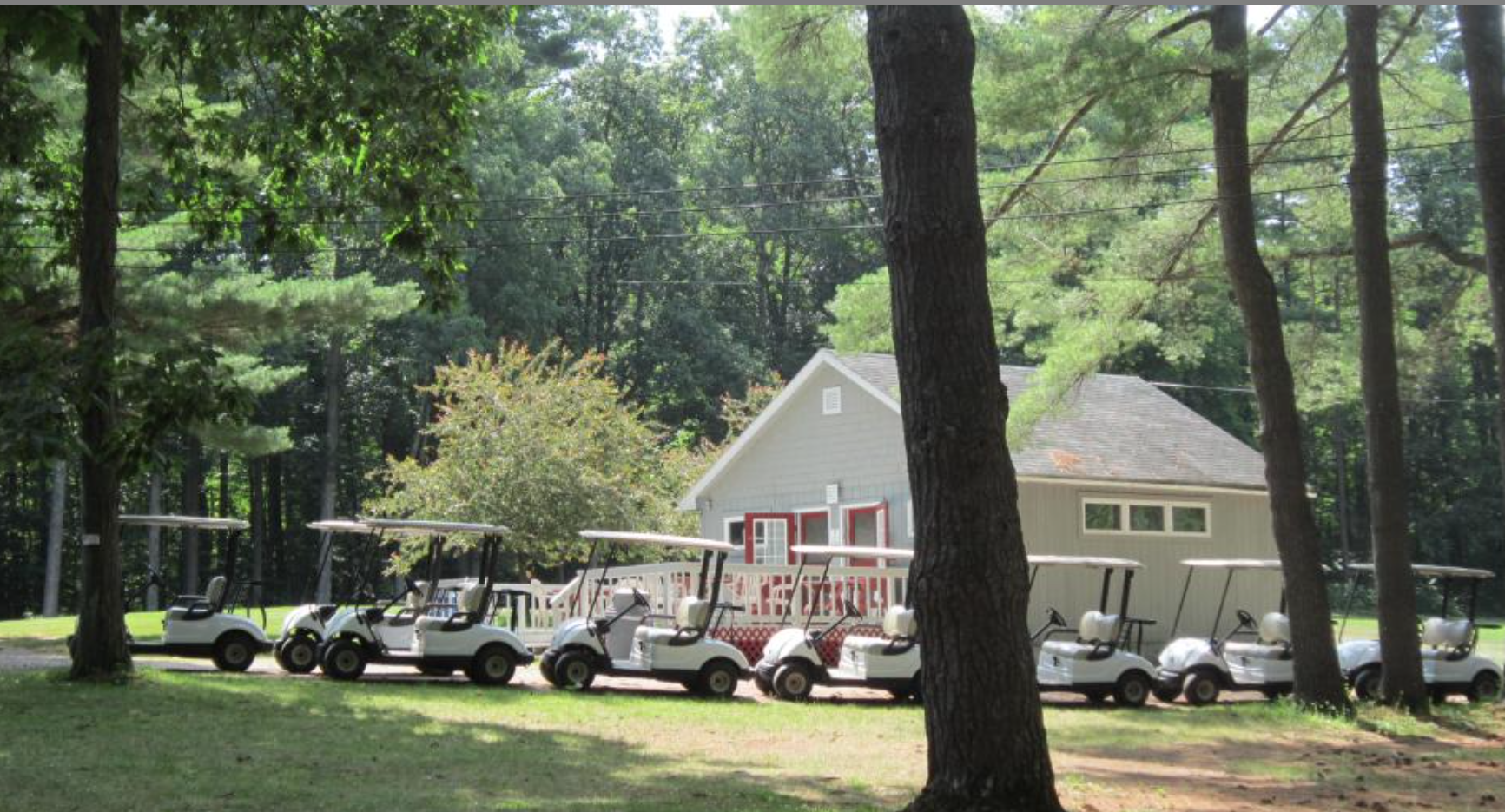
Westport Country Club
Year Opened: 1898
Holes: 18
Par: 72
Architect: Thomas Winton
The Westport Country Club was originally built in 1898 as a 6-hole course; later re-designed and expanded in 1928 to 18 holes by Thomas Winton. Its restaurant, aptly named Winton’s 1898 Tavern, pays homage to the architect. The country club’s history is also showcased through its logo depicting a sheep, to commemorate Greenskeeper Thomas Lee’s flock of sheep, used to keep the grass closely cropped. Golfers who play Westport will likely get a kick out of this “old school” way of keeping up the course, as it continues to employ sheep to maintain the grounds and the tradition.
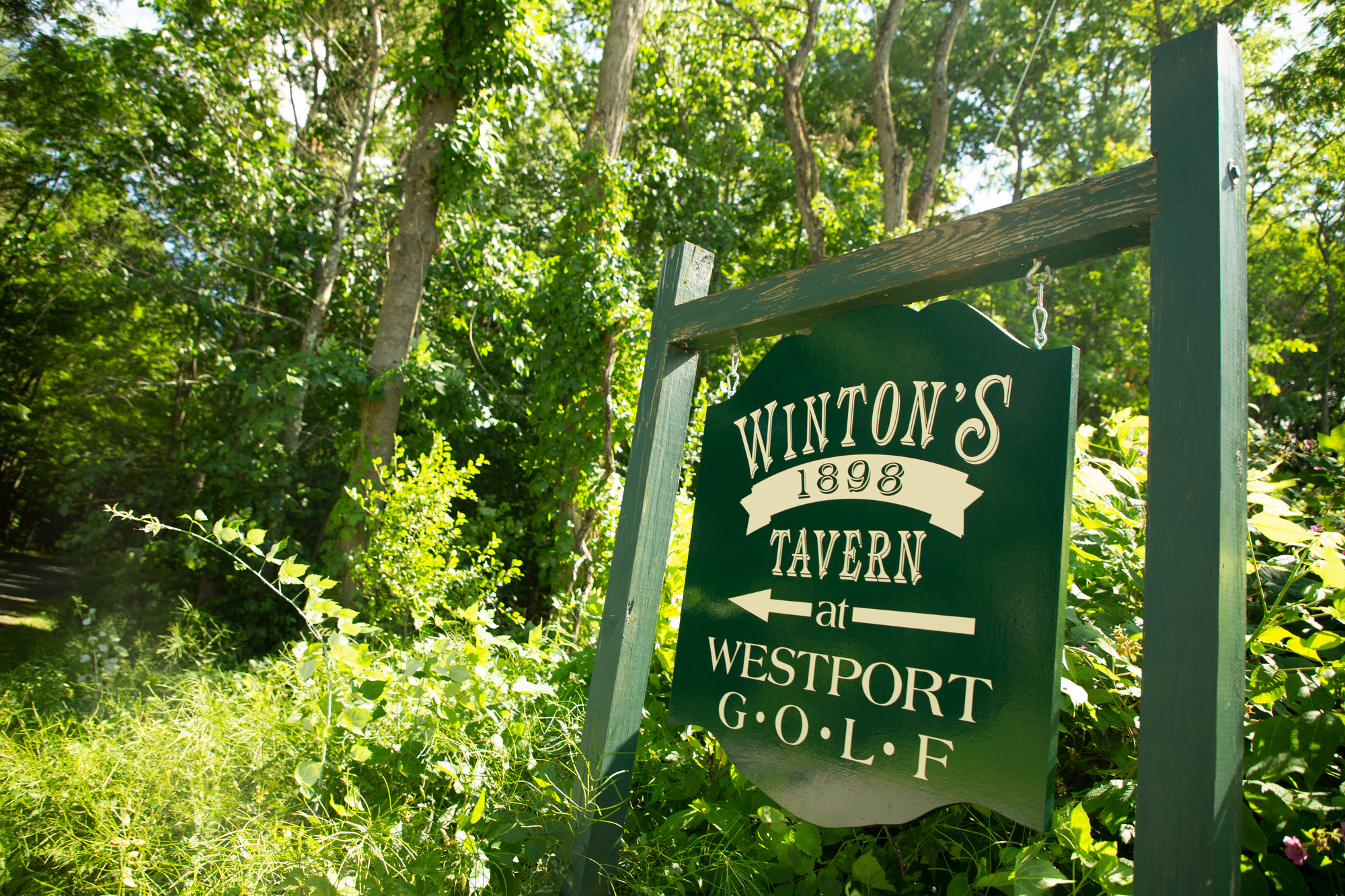
Cobble Hill Golf Course
Year Opened: 1896
Holes: 9
Par: 35
Architect: Seymour Dunn
Cobble Hill is one of the oldest courses in the Adirondacks. Located in Elizabethtown, the 9-hole layout weaves through enormous white pines and the beautiful surrounding mountains of “Pleasant Valley.” In the late 1890s, Elizabethtown was a bustling summer resort community and Cobble Hill Golf Course became a centerpiece of the town. Today, the course welcomes golfers who would enjoy a quick game on an historic course, in a charming village, adjacent to the Giant Mountain Wilderness Area.
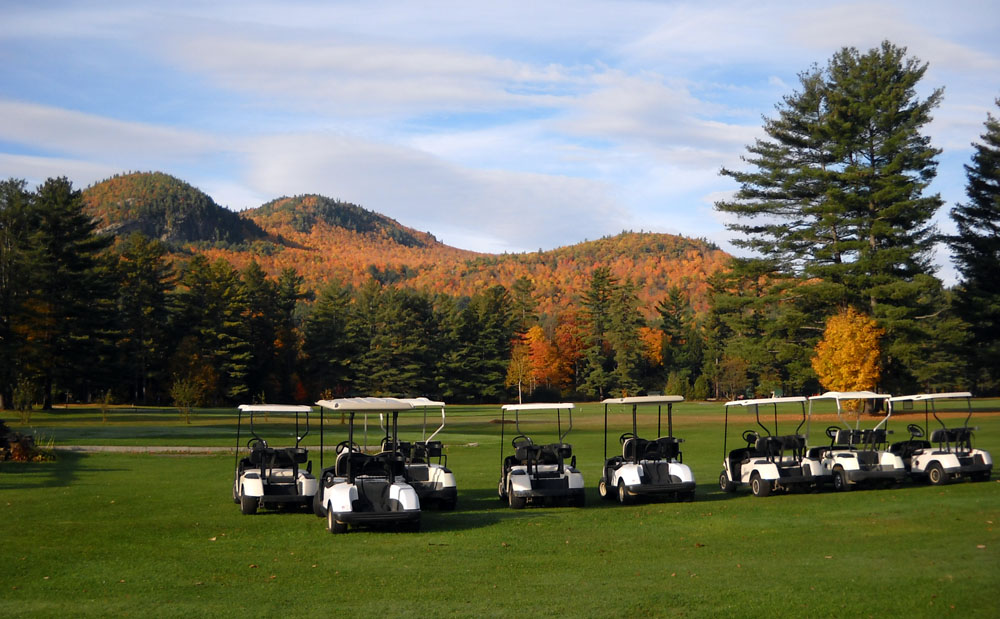
Ticonderoga Golf Course
Year Opened: 1926
Holes: 18
Par: 71
Architect: Seymour Dunn
Ticonderoga Golf Club was constructed in 1926 as a 9-hole course, expanding to 18 holes in 1932 by Adirondack golf course architect Seymour Dunn. The course presents a unique challenge, as Trout Brook meanders throughout the course, coming into play on seven of the eighteen holes; players also enjoy the scenic mountains that envelop the course. The land on which the course is built played a role during the French and Indian War in a battle known as the “Snowshoe Battle,” which is commemorated by a plaque on the 3rd hole. The community of Ticonderoga is also connected to the history of golf through scorekeeping - the Ticonderoga pencil was developed in 1815 when a local entrepreneur filed a patent for the lead pencil after ore was discovered on nearby Lead Mountain.
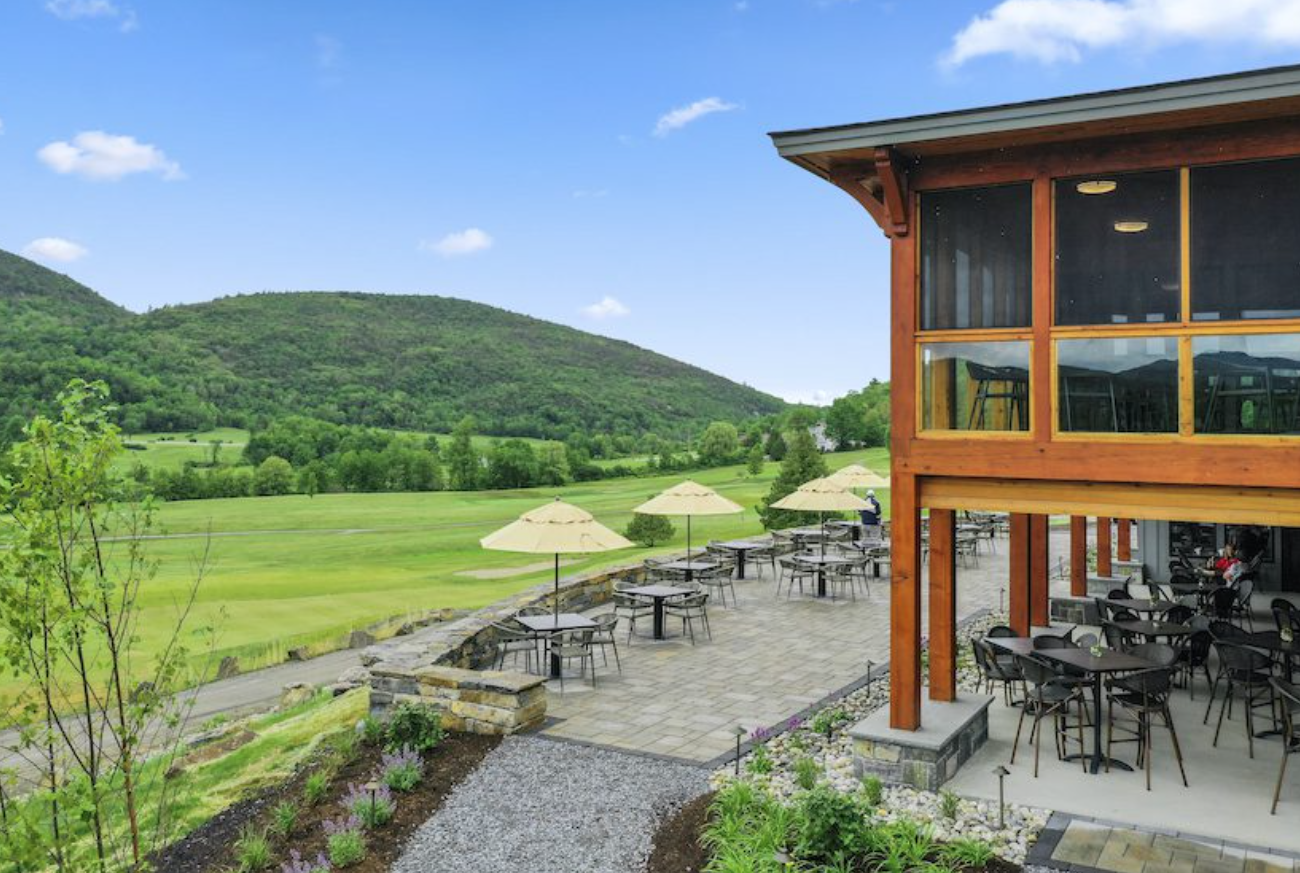
Come for the golf, but stay for other exciting activities and adventures in the Lake Champlain Region. From scenic hikes and paddling to shopping and dining on our quaint Main Streets, the Lake Champlain Region offers getaways with the perfect mix of activity and relaxation.




